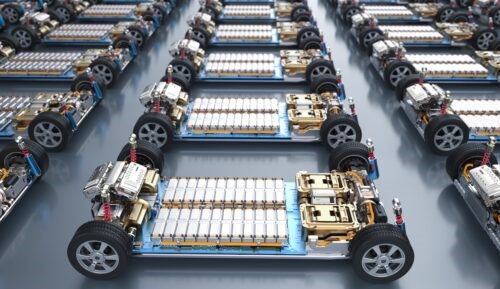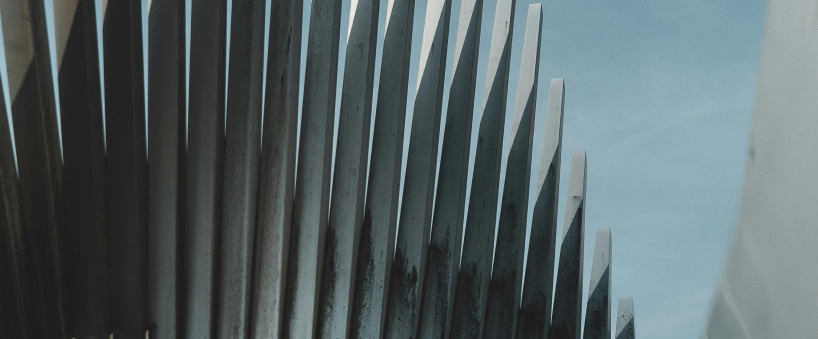

Chalmers University of Technology has unveiled an innovative battery recycling method designed to extract the maximum value from electric car batteries.

This groundbreaking process recovers 100 per cent of the aluminium and 98 per cent of the lithium in these batteries, significantly reducing waste and costs.
The method hinges on using oxalic acid, a critical component that helps minimise the reliance on harmful chemicals and boosts cost-efficiency. Martina Petranikova, Associate Professor at Chalmers' Department of Chemistry and Chemical Engineering, emphasised the importance of alternatives to traditional inorganic chemicals in the recycling industry.
She highlighted, "We need alternatives to inorganic chemicals. One of the biggest bottlenecks in today’s processes is removing residual materials like aluminium. This is an innovative method that can offer the recycling industry new alternatives and help solve problems that hinder development."
The heart of this breakthrough is hydrometallurgy, an aqueous-based recycling method.
Traditional hydrometallurgy involves dissolving the metals in an electric vehicle battery cell using an inorganic acid, with subsequent removal of impurities such as aluminium and copper. Valuable metals like cobalt, manganese, lithium, and nickel are then recovered. However, multiple purification steps are required, with each step potentially leading to the loss of lithium.
The new method reverses this traditional process, reducing the waste of precious metals required for manufacturing new batteries. It prioritises the recovery of lithium and aluminium, leaving these two metals in the liquid phase and the remaining metals in the solid phase. This separation process benefits from the distinct properties of lithium and aluminium, making it a promising route for battery recycling.
Léa Rouquette, a PhD student at Chalmers' Department of Chemistry and Chemical Engineering, expressed confidence in the ease of separating these metals due to their differing properties. She said, "Since the metals have very different properties, we don’t think it’ll be hard to separate them. Our method is a promising new route for battery recycling – a route that definitely warrants further exploration. As the method can be scaled up, we hope it can be used in industry in future years."
Responses








